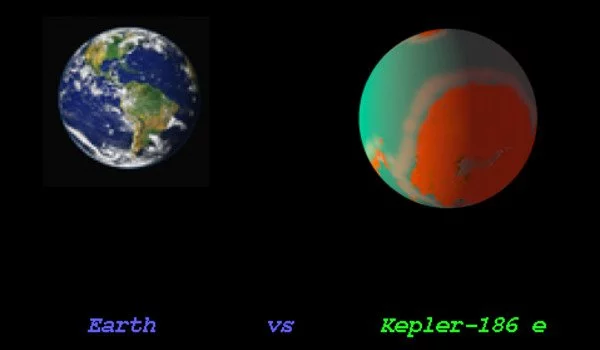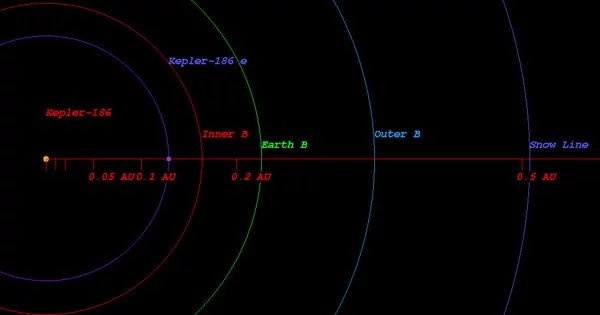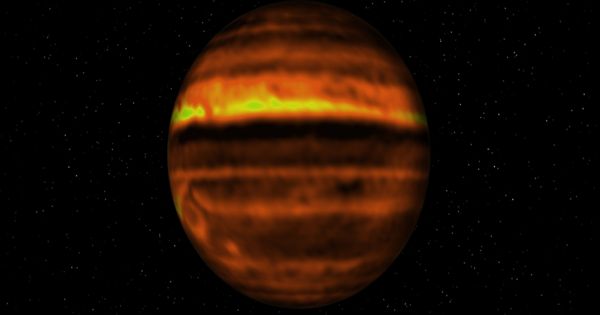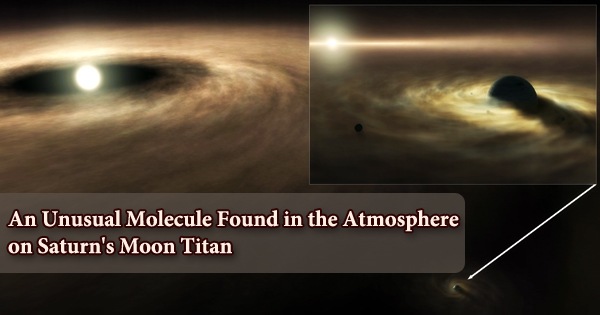Kepler-186 e is a super Earth exoplanet that orbits a M-type star. It is a confirmed exoplanet orbiting the red dwarf star Kepler-186 in the constellation Cygnus, approximately 582 light years from Earth. It is close to but not in the optimistic habitable zone, which could cause it to have a runaway greenhouse effect like Venus. It has a mass of 2.15 Earths, takes 22.4 days to complete one orbit of its star, and is 0.11 AU away from it. Its discovery was announced in 2014.
The exoplanet was discovered using the transit method, which measures the dimming effect caused by a planet passing in front of its star. Four more planets orbiting the star were also discovered.
Discovery
The exoplanet, along with the other planets of the Kepler-186 system (including 186f), were announced on April 17, 2014 in an article published by NASA.

Mass, orbit, and composition
Kepler-186 e is an exoplanet that orbits the star Kepler-186, which is 579.1 light-years (177.6 pc) from our Solar System. With a radius of 1.27-1.33 times that of Earth, the exoplanet is only slightly larger. Its mass is unknown, but it is likely to have a similar composition to Earth, giving it a mass of approximately 2.29-2.72 times that of Earth.
Kepler-186e orbits an M-dwarf star with a luminosity of about 4% that of the Sun, an orbital period of 22.4077 days, and an orbital radius about 0.11 times that of Earth’s (compared to 0.39 AU for Mercury). Kepler-186 has an apparent magnitude of 12.5, and an absolute magnitude of 6.2. The habitable zone for this system is estimated conservatively to extend over distances receiving from 88% to 25% of Earth’s illumination (from 0.22 to 0.40 AU).
It is 0.5 times more massive and 0.5 times bigger compared with our Sun. The surface temperature is 3748 with its spectral types of M1. In this planetary system, the extrasolar planet Kepler-186 e orbits around the star Kepler-186 every 22.4 days with its orbital distance of 0.11 AU
Formation, tidal evolution and habitability
So far, four other planets have been discovered around the star. The age of the Kepler-186 system is poorly constrained due to the very slow evolution of red dwarfs, but it is likely to be greater than a few billion years. Due to its close proximity to its star, Kepler-186e is most likely tidally locked, with one side always facing its star and the other always facing away from it. The side in constant sunlight would be extremely hot, while the side in constant darkness would be extremely cold. However, there would be a sliver of habitability between these hostile environments, which could support life.
The axial tilt (obliquity) of Kepler-186e is most likely very small, so it does not have tilt-induced seasons like Earth and Mars[dubious – discuss]. Its orbit is most likely circular, so it will not experience the eccentricity-induced seasonal changes that Mars does. However, if another undetected nontransiting planet orbits between it and Kepler-186f, the axial tilt could be larger (about 23 degrees); planetary formation simulations have shown that the presence of at least one additional planet in this region is likely. If such a planet exists, it cannot be much larger than Earth because that would cause orbital instabilities.
















